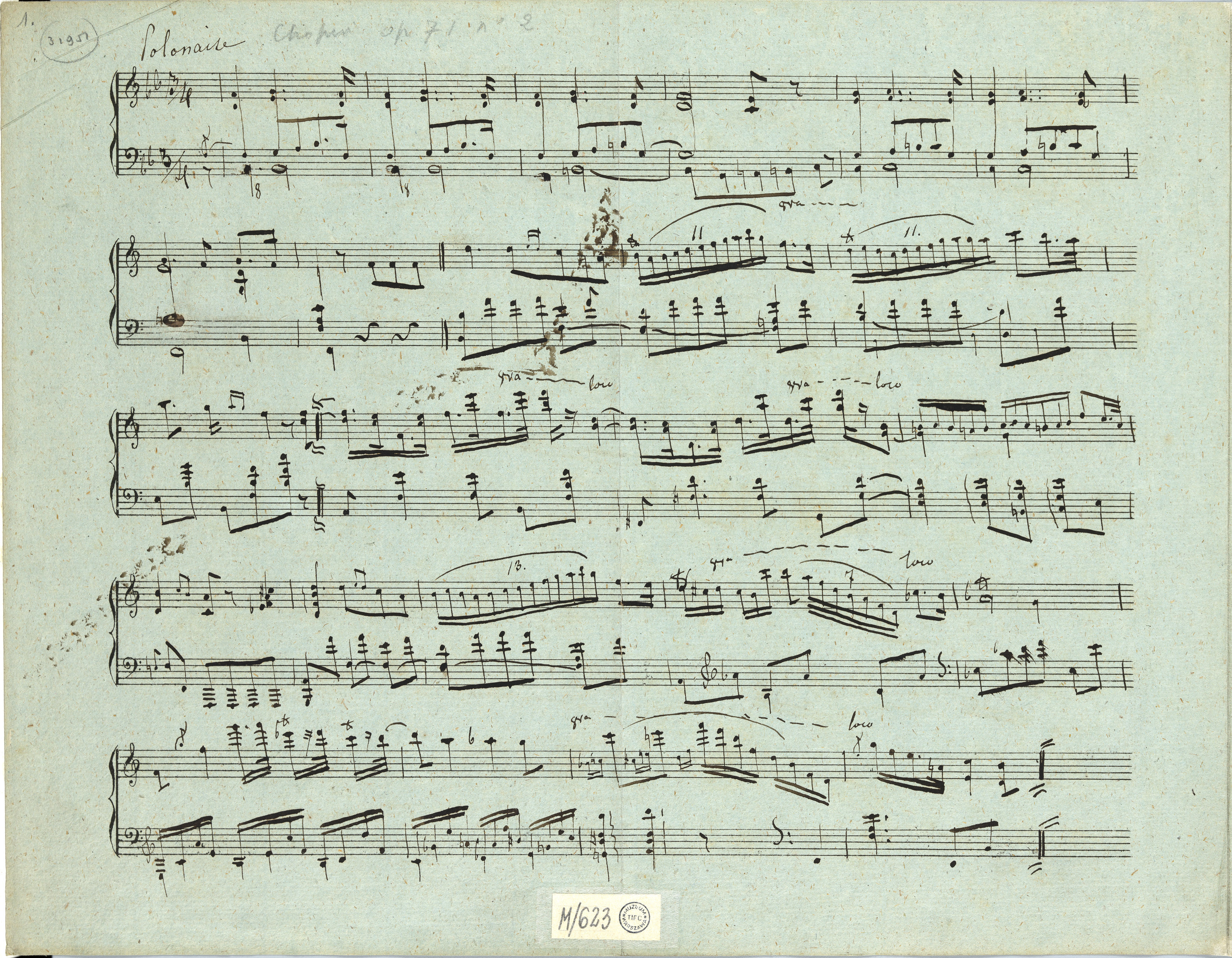



The extension of the note d1 in bars 10 and 18, marked only in PE, is a typical Chopin's ploy. In bar 18 of this edition, an equivalent notation was applied, showing exactly the voices' coincidence. The notation may have resulted from a misunderstanding of the notation of [A], hence in both places we give the simplest notation used in bar 10.
The lower note of the sixth, f, is a quaver in JC, which is a patent inaccuracy in relation to the tie sustaining it into f on the 3rd beat of the bar (see the next remark). According to us, it is yet probable that it corresponds to the notation of [AI] and illustrates the process of gradual improvement of the notation from bare quavers to the precise notation of ties of some of the notes.
Compare the passage in the sources »
category imprint: Differences between sources
issues: Errors of JC
notation: Rhythm




